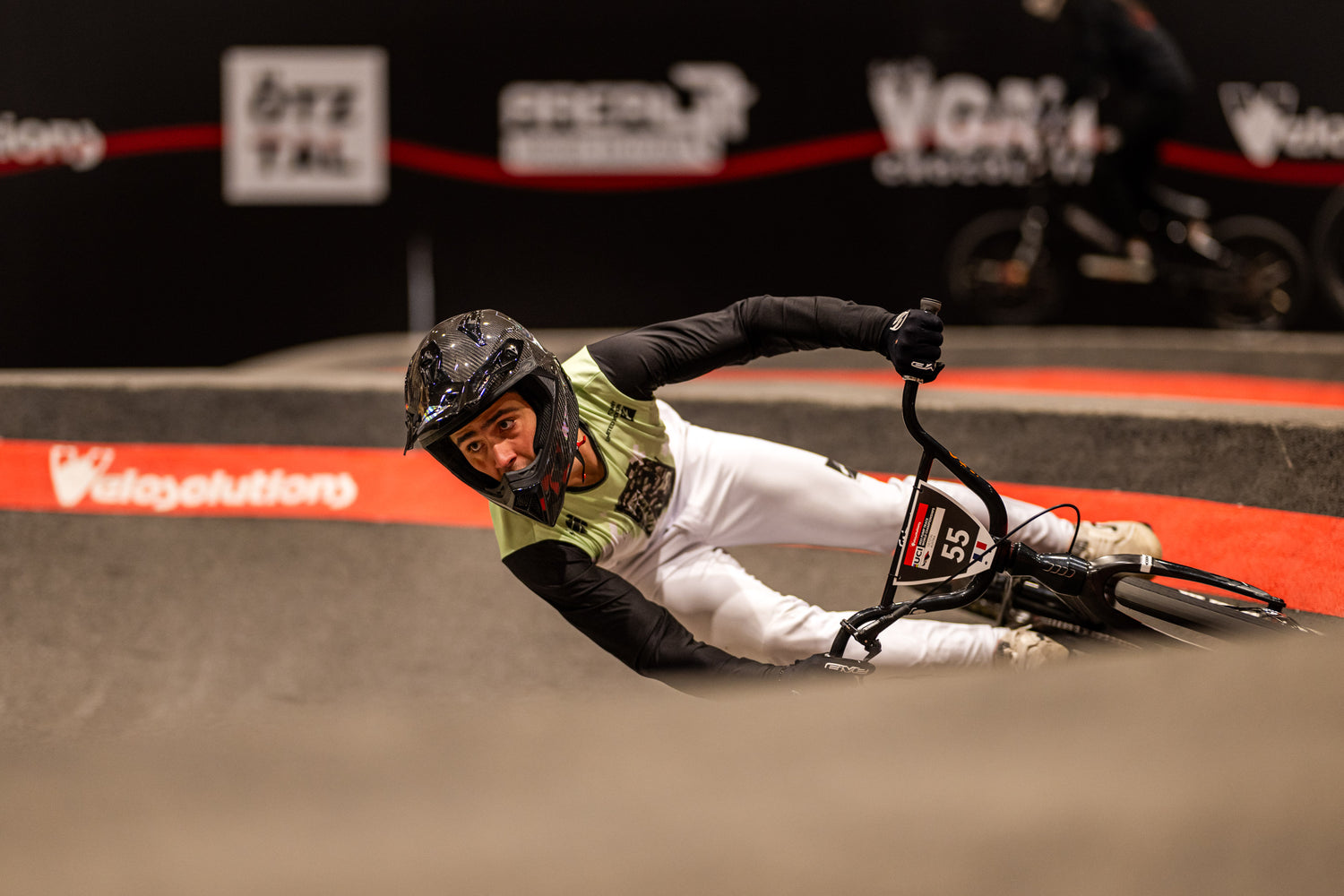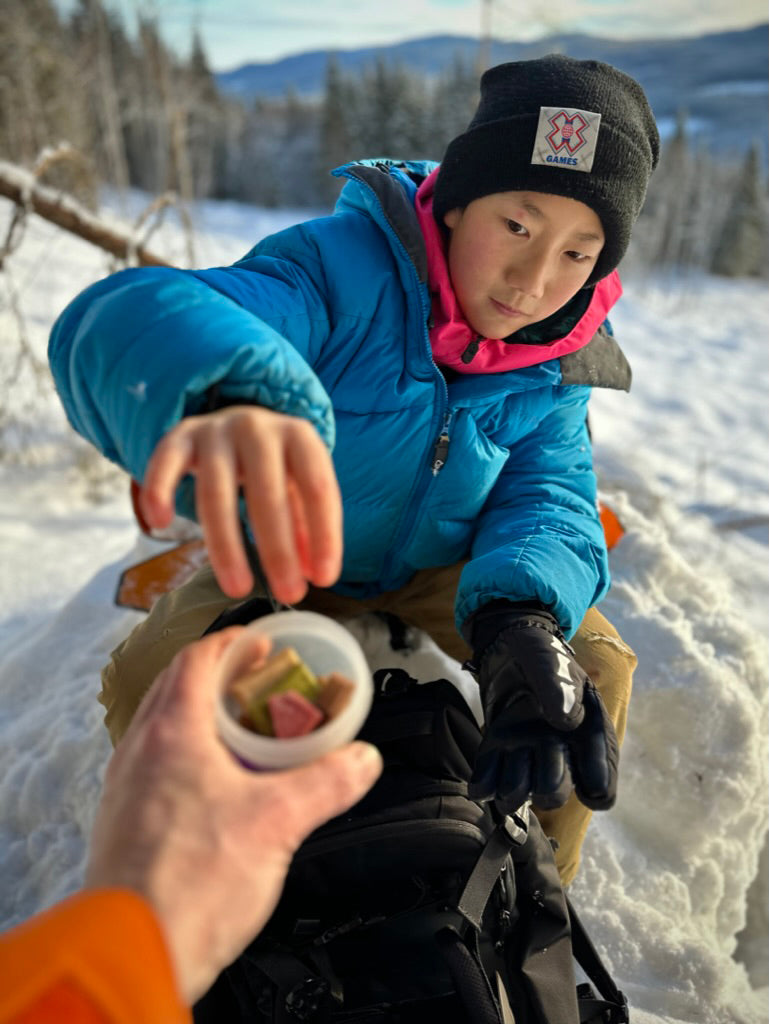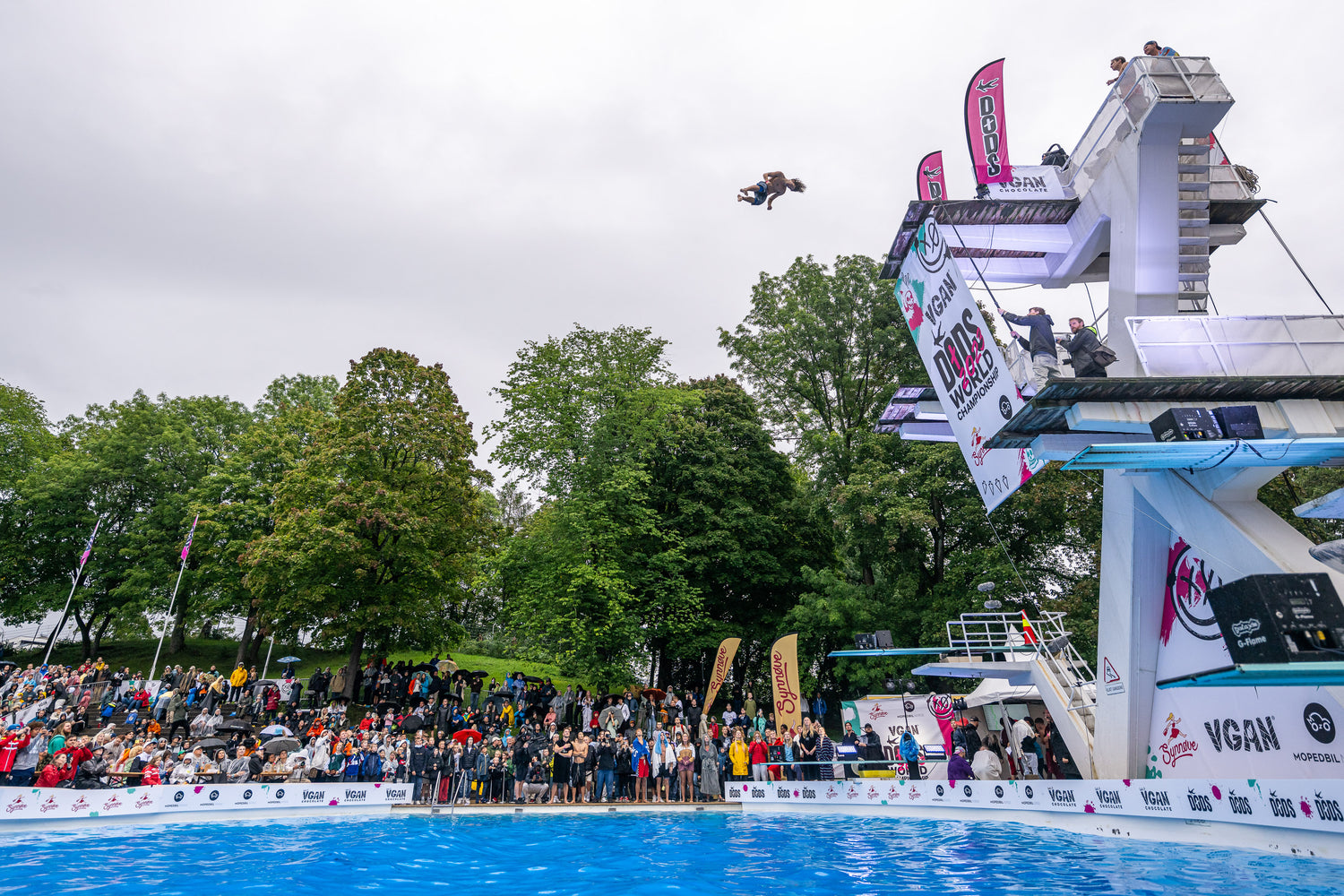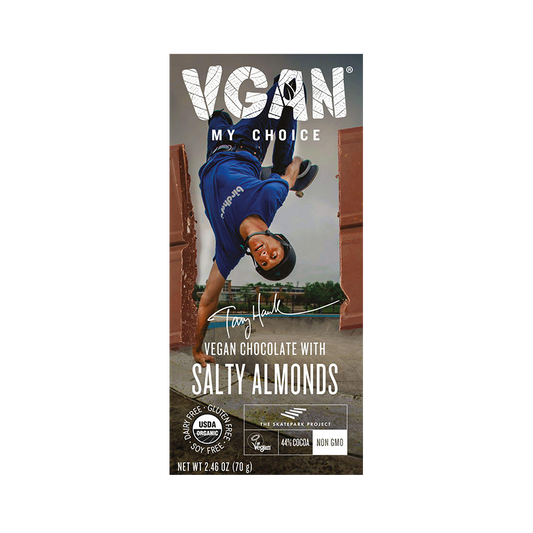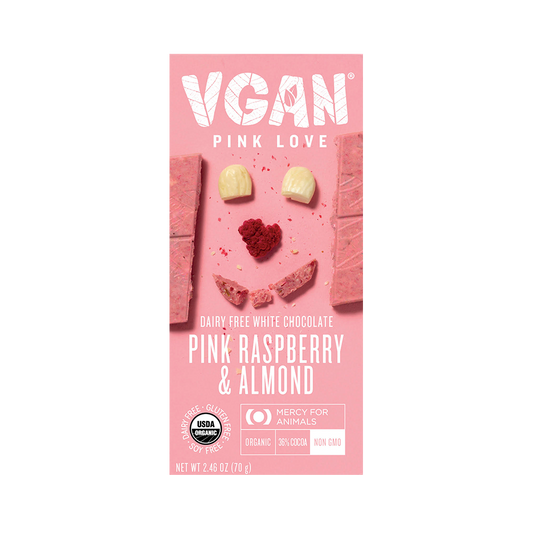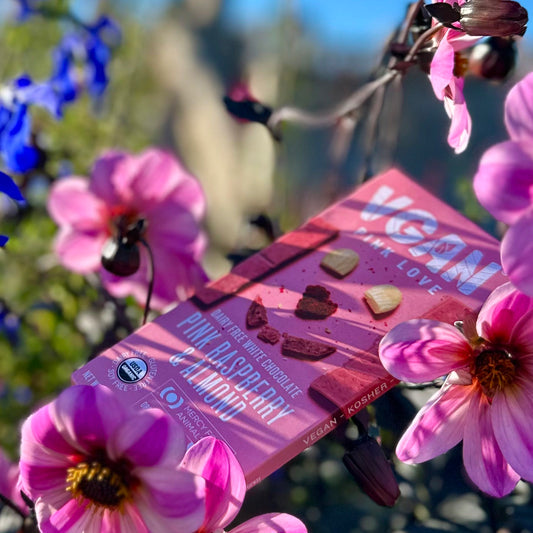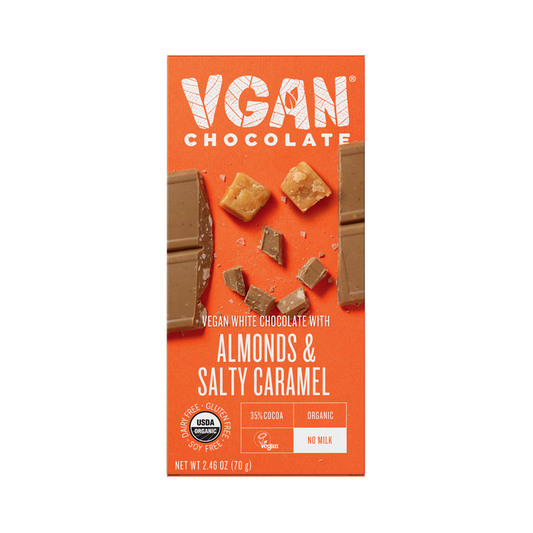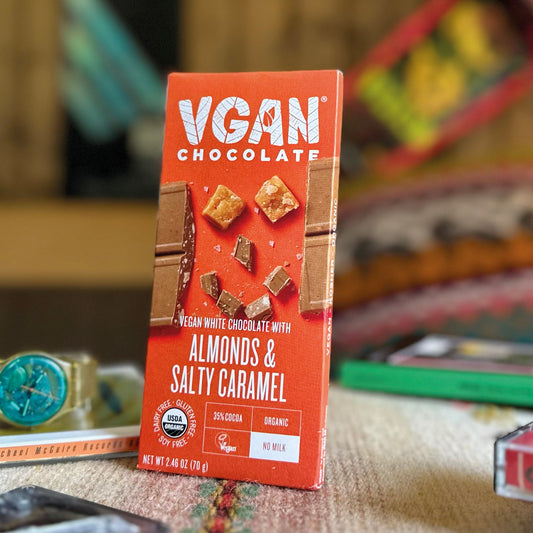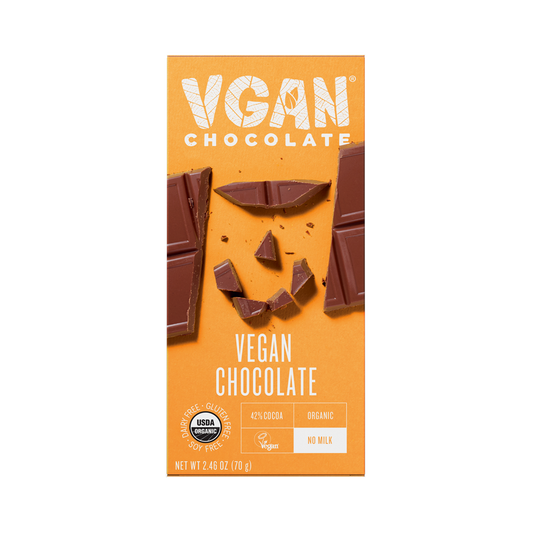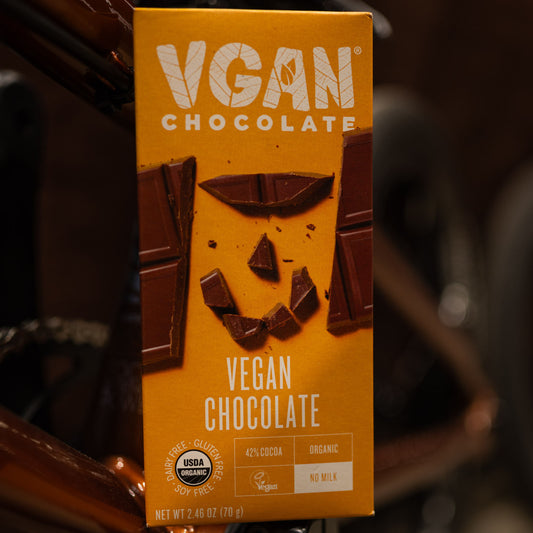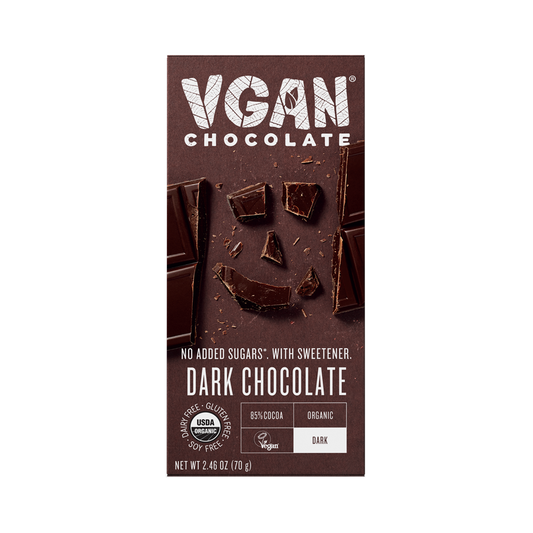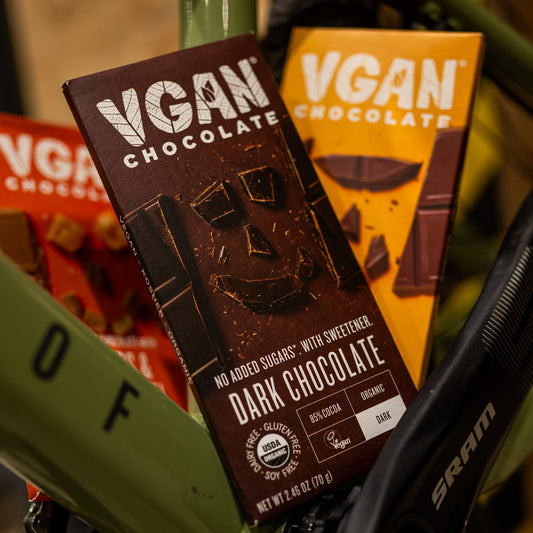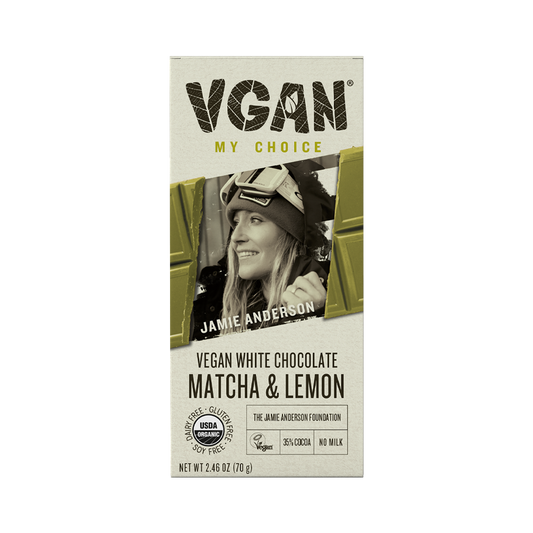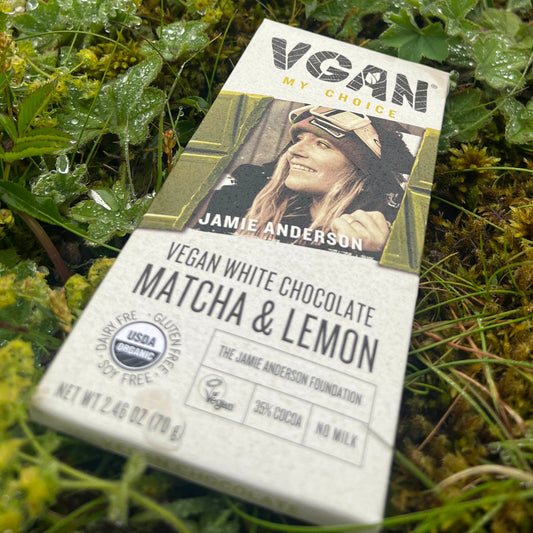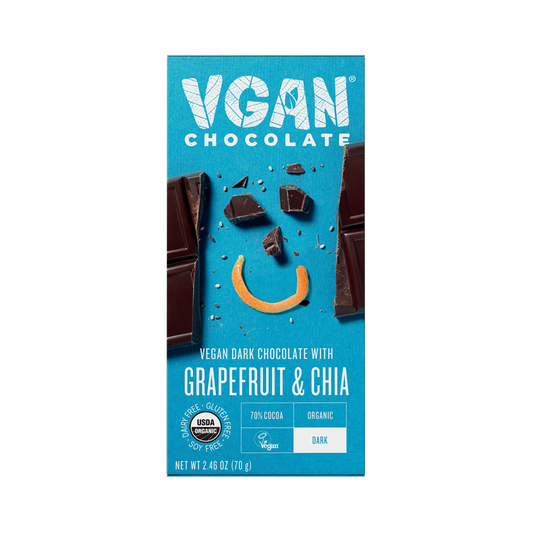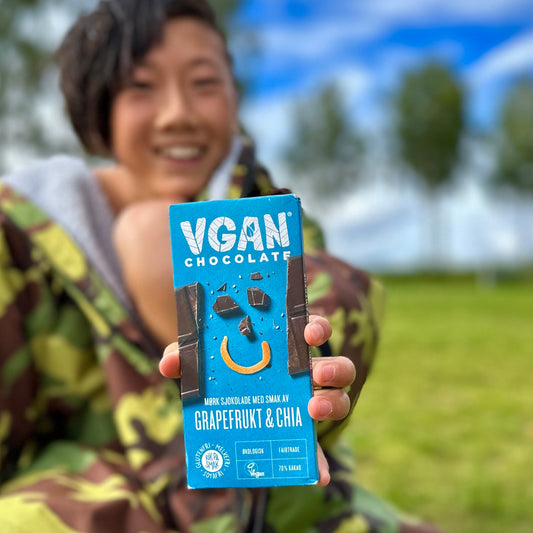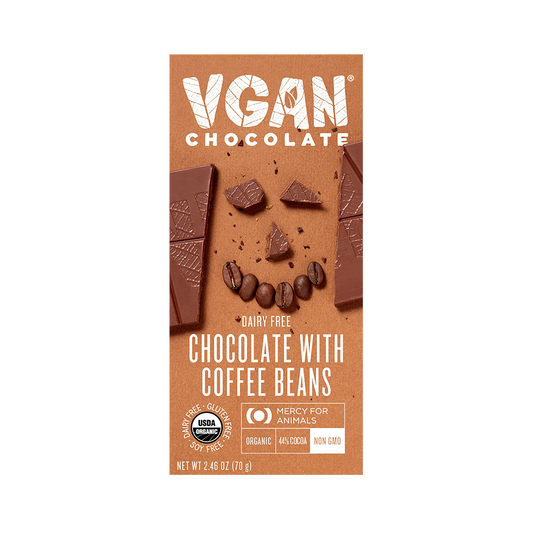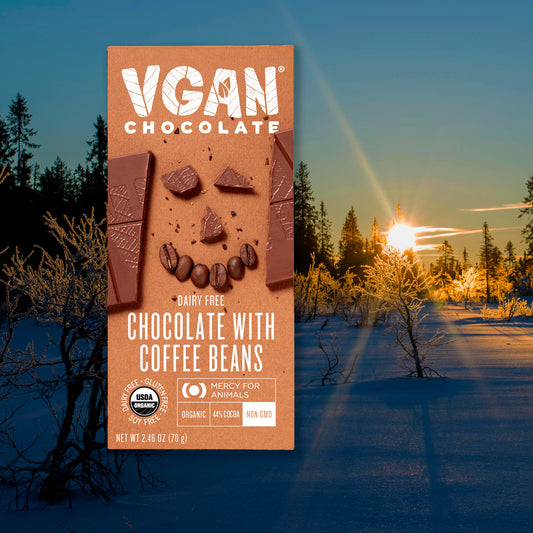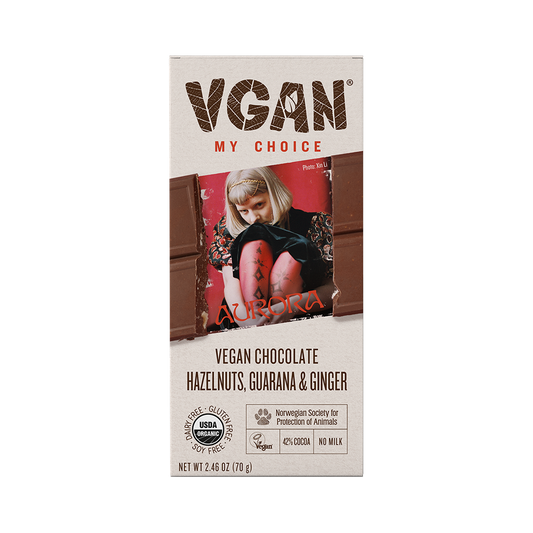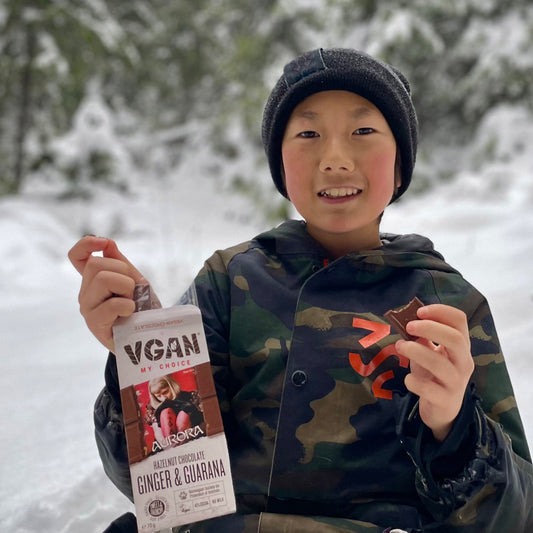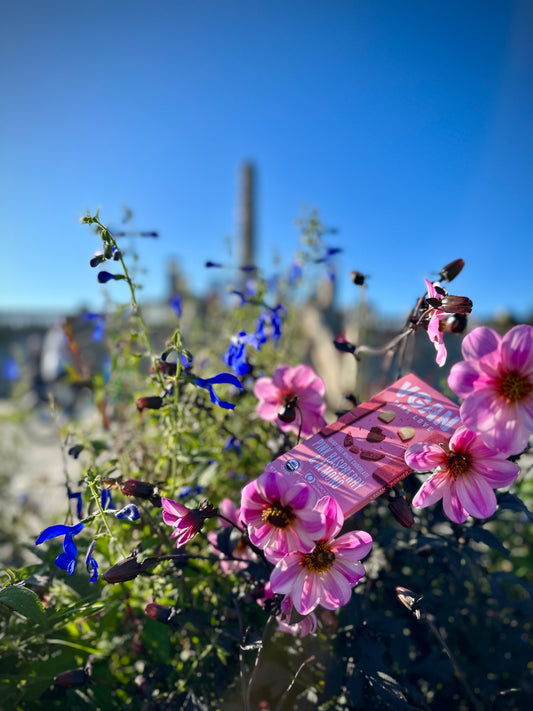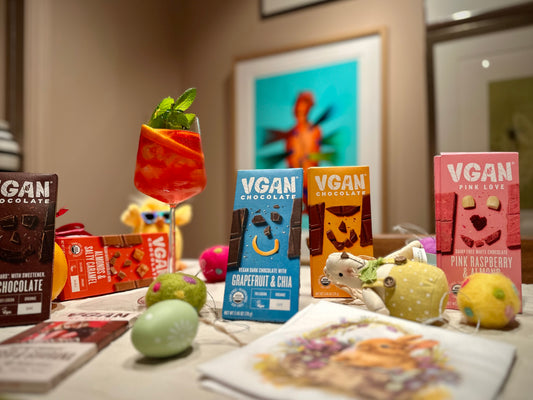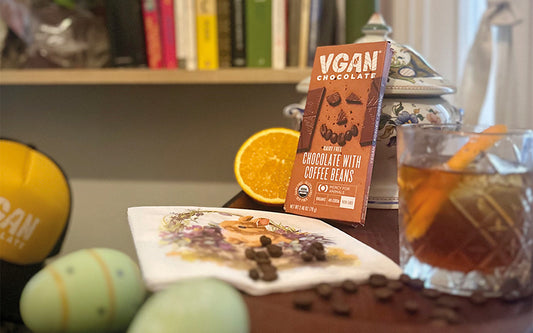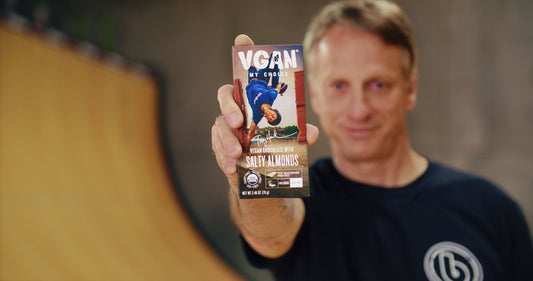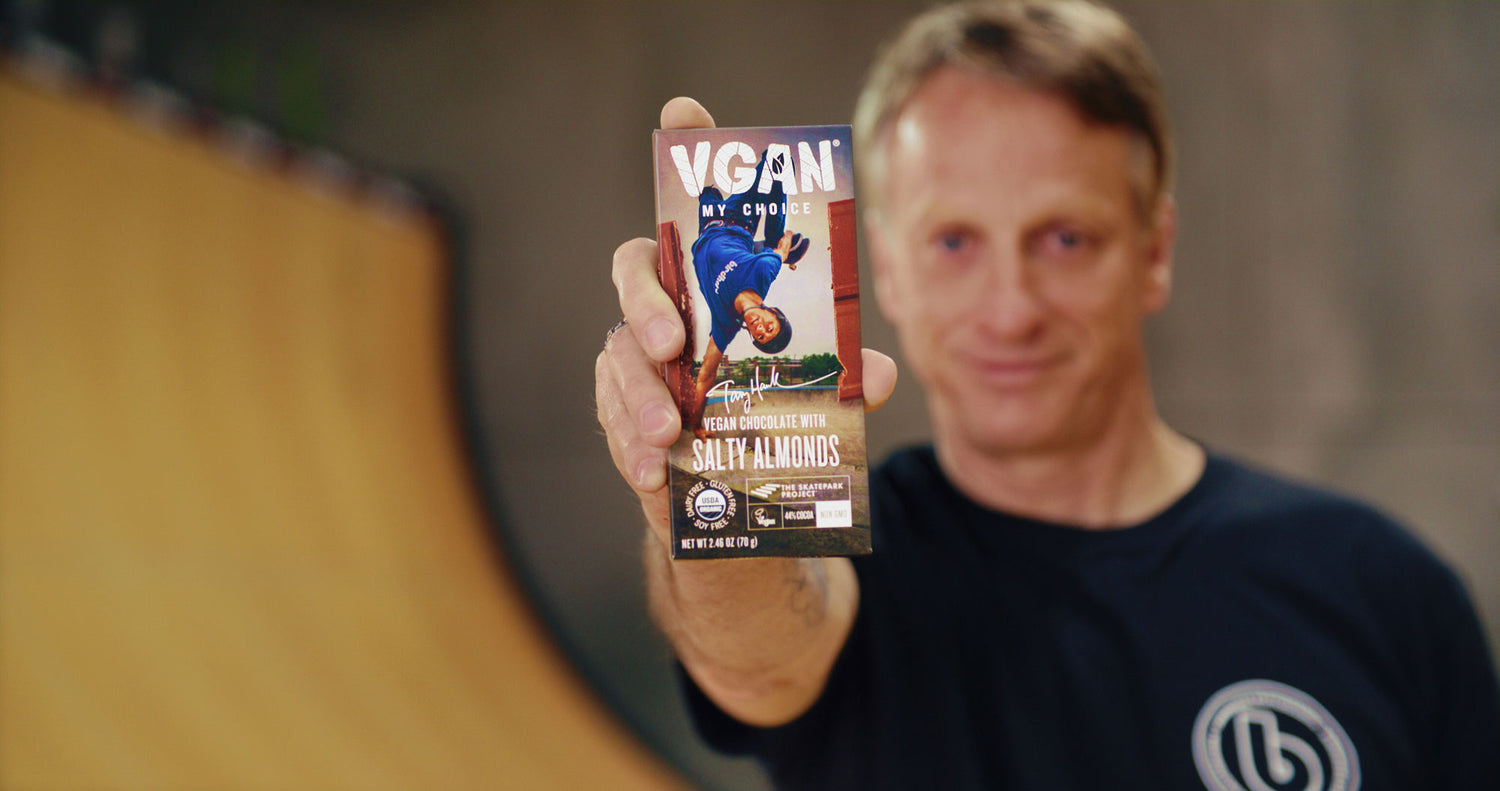

A POSITIVE IMPACT
At VGAN we believe that our impact is the result of all our combined efforts; from our delicious chocolate that brings smiles to peoples faces, to inspiring children to play freely – while at the same time paying farm workers fairly, eliminating harm to animals, and reducing our footprint on the planet.
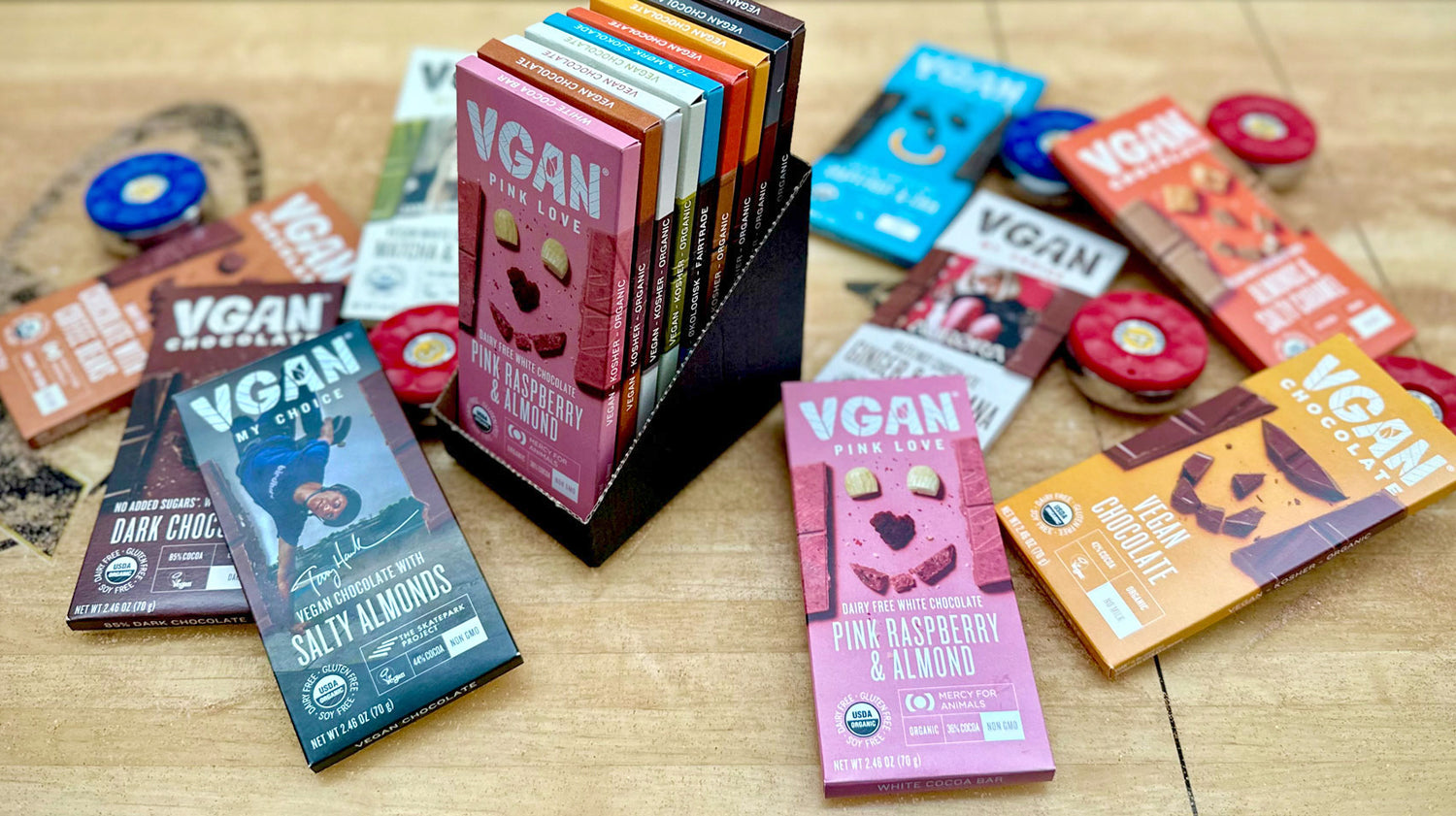
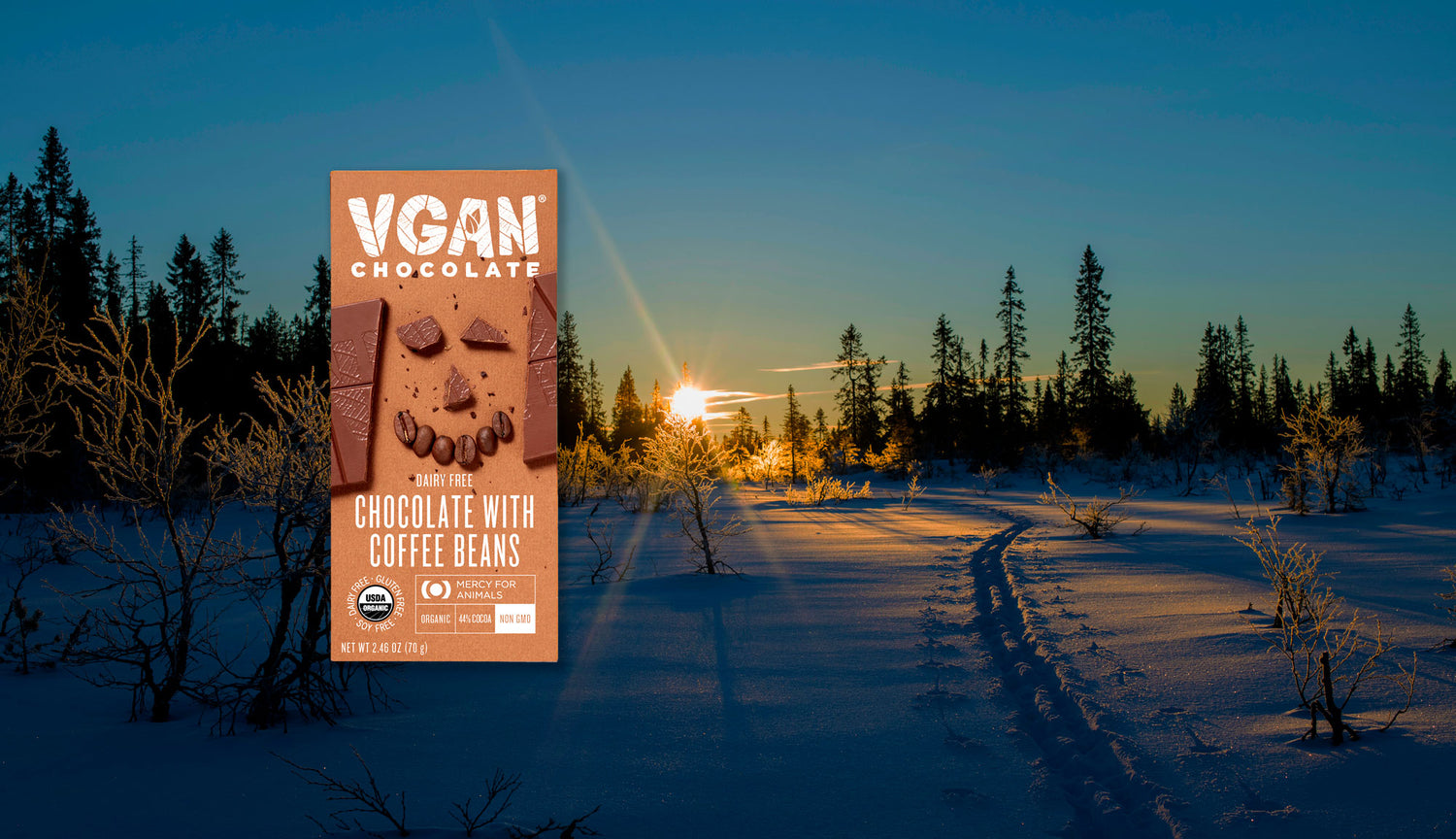
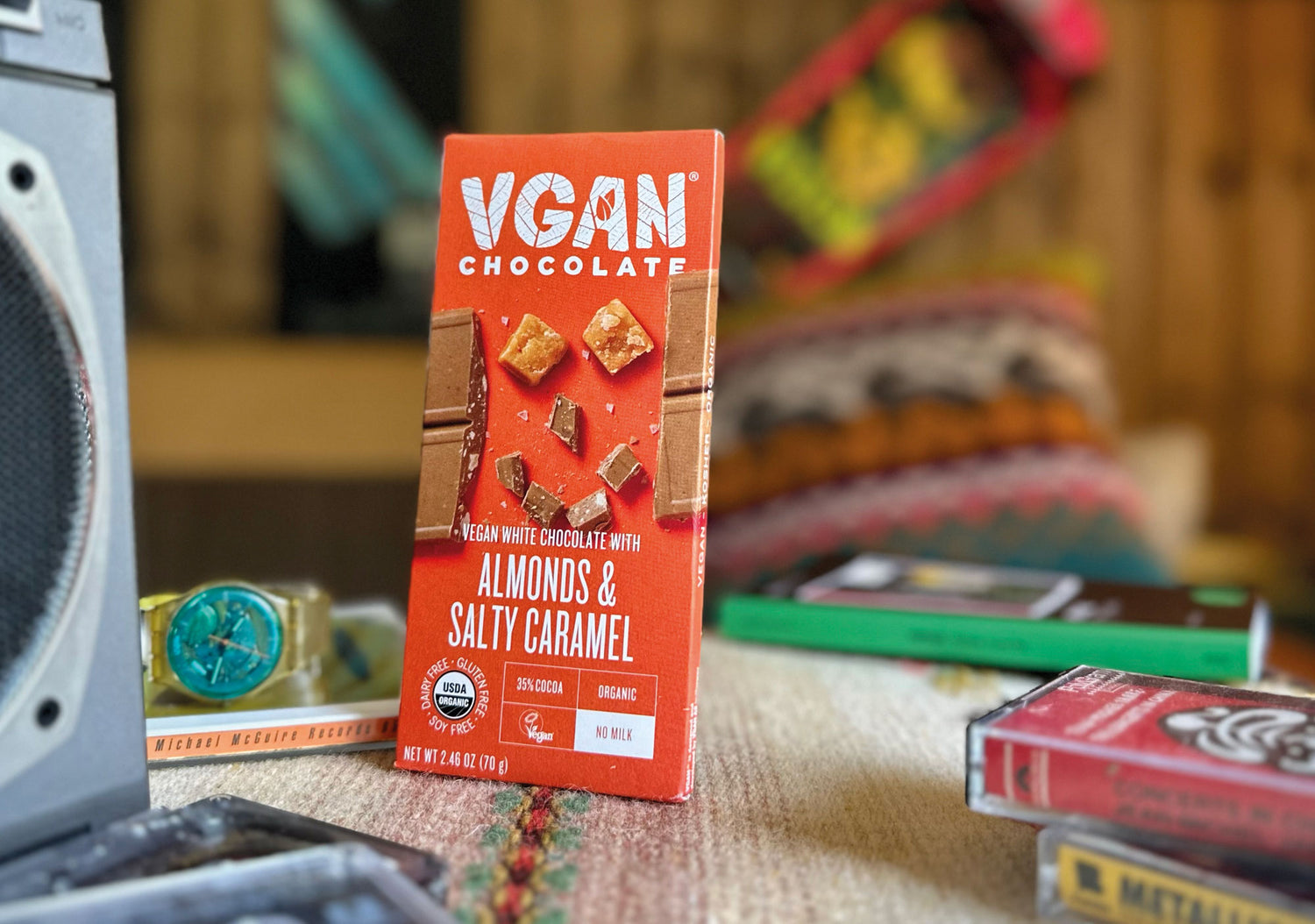
ALL OUR AMAZING FLAVORS
-
Vegan Milk Chocolate with Salty Almonds Tony Hawk My Choice
Regular price $49.90 USD
10 Pack | $4.99 Per barRegular priceUnit price / per -
Vegan White Chocolate with Pink Raspberry & Almond
Regular price $49.90 USD
10 Pack | $4.99 Per barRegular priceUnit price / per -
Vegan White Chocolate with Almonds & Salty Caramel
Regular price $49.90 USD
10 Pack | $4.99 Per barRegular priceUnit price / per -
Vegan Milk Chocolate with Coconut Cream
Regular price $49.90 USD
10 Pack | $4.99 Per barRegular priceUnit price / per -
Vegan Dark Chocolate with Organic Natural Sweetener
Regular price $49.90 USD
10 Pack | $4.99 Per barRegular priceUnit price / per -
Vegan White Chocolate with Matcha & Lemon Jamie Anderson My Choice
Regular price $49.90 USD
10 Pack | $4.99 Per barRegular priceUnit price / per -
Vegan Dark Chocolate with Grapefruit & Chia
Regular price $49.90 USD
10 Pack | $4.99 Per barRegular priceUnit price / per -
Vegan Milk Chocolate with Coffee Beans
Regular price $49.90 USD
10 Pack | $4.99 Per barRegular priceUnit price / per -
Vegan Milk Chocolate with Hazelnut, Guarana & Ginger Aurora My Choice
Regular price $49.90 USD
10 Pack | $4.99 Per barRegular priceUnit price / per
1
/
of
9
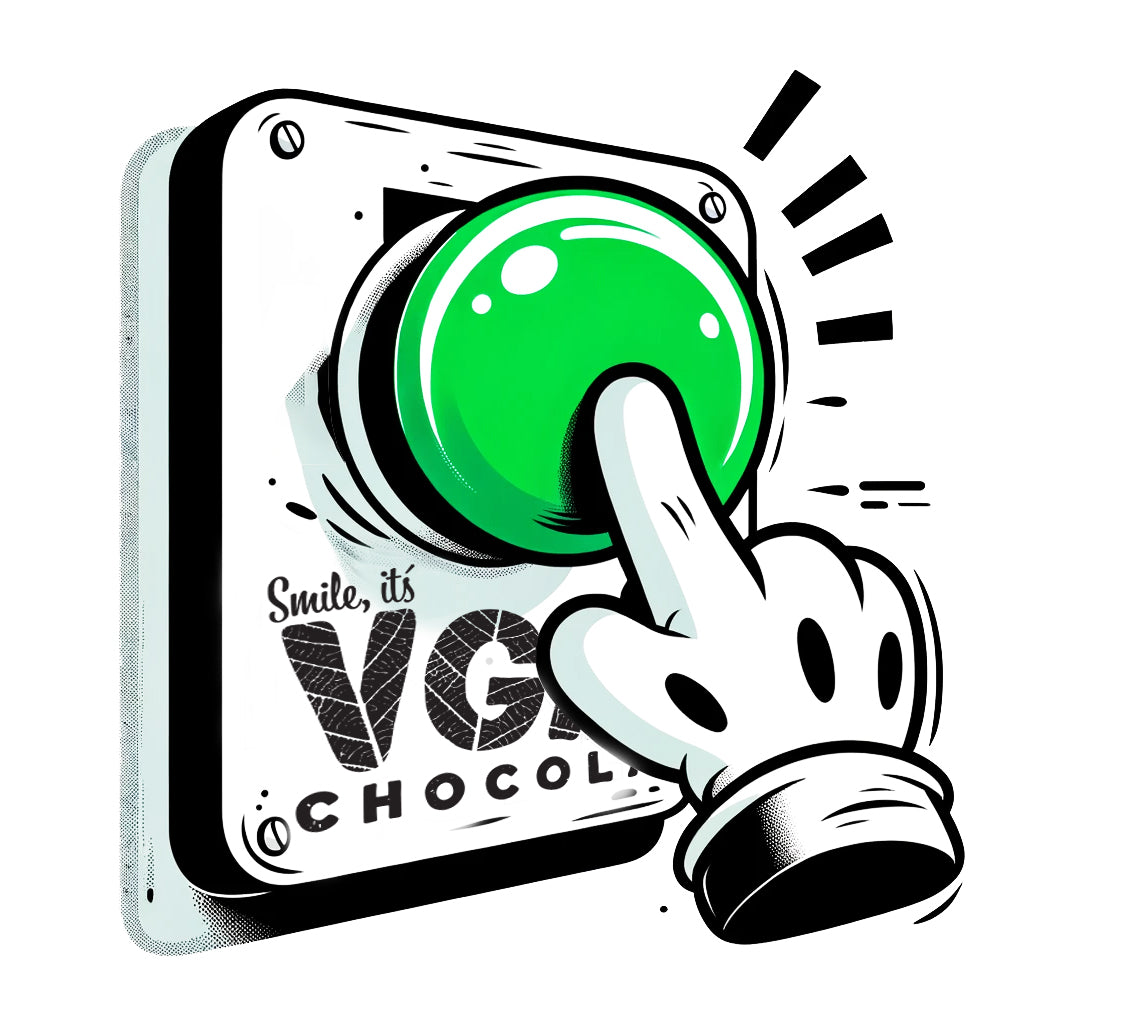
A POSITIVE IMPACT
At VGAN we believe that our positive impact is the result of all our combined efforts; from our delicious chocolate that brings smiles to peoples faces, to inspiring children to play freely – while at the same time paying farm workers fairly, eliminating harm to animals, and reducing our footprint on the planet.
LATEST NEWS
1
/
of
4
